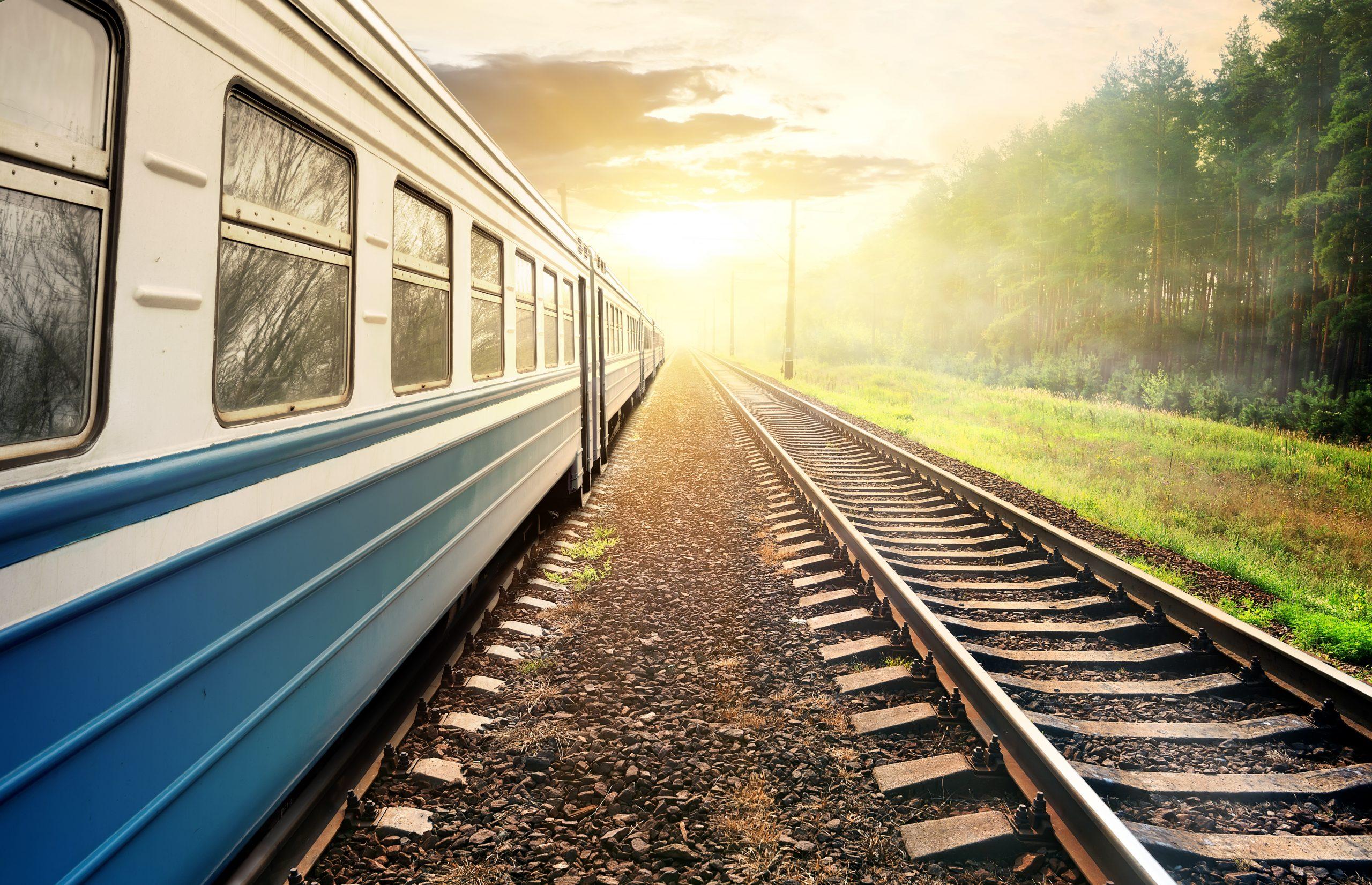
The Benefits of Building Railroads vs Railroad Track Repair
Railroad track repair is what we do. The value of functional railroad systems is intrinsically tied into the history of America’s economic success. While in days of old a great deal of manpower was used to build many of the tracks we use today, times have thankfully changed and technology has replaced the dependence on manpower. Much has changed in the country, but railroad contractors are still very much needed for repairing railroads and more!
Just consider the many uses and benefits of building railroads and its easy to see why adjustments or new rails are laid down still.
There are many factors to consider nowadays, which largely depend on what the railroad’s intended use is. There are also a number of modern rules and regulations around the building, maintenance, and risk management of railroads. Understanding the efficacy and economic viability of a railroad as opposed to other transport systems can also benefit the budding investor.
The Purpose of Railroad Track Repair
There are only really a couple of modern uses for railroads, they are freight and personnel transport, but those are incredibly crucial uses for the country.
Railroad Freight Benefits
Railways are still utilized for the the freight of various goods, it’s important to look at other options too. Read here to learn more about the similarities and differences between rail and road freight.
Personnel Benefits of Railroads
A railroad to transport people to and from wherever, then the same consideration can apply as freight. What are the benefits of transporting people via rail rather than by road? There are plenty of potential reasons such as:
- Access to a worksite which otherwise is inaccessible
- Transporting large amounts of people to and from the same place daily
- Creating a sense of history or mystery in relation to some event or place
Whatever reason you’re looking into railroads, identifying exactly why you wish to do so can potentially show you positives and negatives you may not have considered.
Railroad Track Repair and Environmental Conditions
Extreme weather conditions can be mitigated by the use of more modern methods and materials, but they will still deteriorate your tracks over time. Otherwise if you’re looking at buying an old track, then looking into its history can tell you how the materials and methods used have fared against the weather and environmental conditions of the area.
Building a Bridge
It’s not uncommon to require a bridge somewhere along your railroad track to pass over a valley or a body of water that can’t otherwise be circumnavigated. Building or repairing a bridge for use can be an expensive project, and can also take several months. Be sure to confer with the appropriate engineers prior to pursuing such a project to get an idea of the cost and time it may take.
Digging a Tunnel
As with building a bridge, it can often be impossible to circumnavigate certain topological features and one must simply go through them. Digging a tunnel, like building a bridge, can be incredibly expensive in both time and money. If it can’t be avoided, then as with bridges it’s important to speak with an engineer about the true cost of such a project.
You may not have to face either of these situations, especially if you’re considering building somewhere generally flat like the Midwest. Railroad contractor James J Hill was quoted saying “What we want is the best possible line, shortest distance, lowest grades, and least curvature we can build.”, which still rings true today.
Railroad Track Repair vs Building a New Railroad
A question which we have the luxury of asking these days is “do I repair the existing structure or do I build something entirely new?”. Both of these have their own pros and cons and comparing them can give you an idea of what may be more suitable for you.
Refurbishing
There are many train tracks which already exist across America, with plenty of corridors which may only require some minor repairs.
Pros
- Can be cheaper than building new by not needing more materials
- More environmentally friendly than building new as new resources aren’t required
- Preserves a part of America’s rich rail history
Cons
- May require more frequent and heavy-duty maintenance
- Restricts the rail to only suitable trains and carriages
- May require a lot of research into the history of the railroad to find details about construction and materials
Building Fresh
By building a new railroad, you will have an entirely different experience and a completely different result.
Pros
- Built to your exact specifications
- Can utilize modern materials and technology to increase longevity
- Allows for maximum safety and minimal risk
Cons
- Substantially more expensive than refurbishing
- Can take a lot more time than simply refurbishing
- May have to spend time and money in removing old tracks
Railroad Track Repair vs Building: Contact R&S Track
Regardless of whether you’re looking at repairing an old line, or building a new one, be sure to get in contact with all the appropriate authorities to make a legitimate plan. Contact us today to speak with an experienced Midwest railroad contractor to learn more about how we can help.
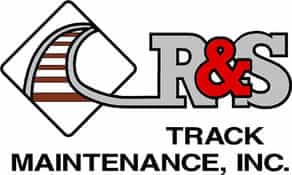
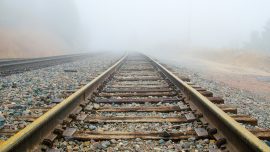
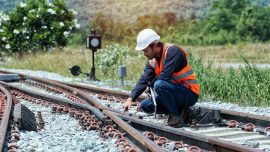
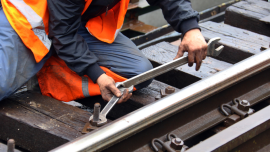
0 comments
Write a comment